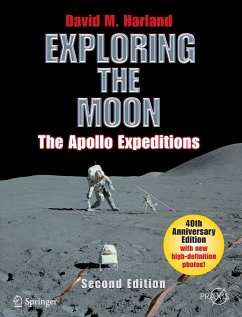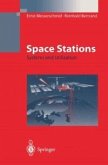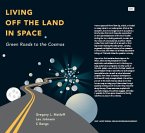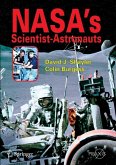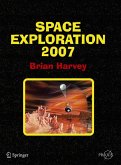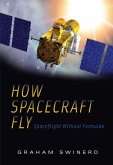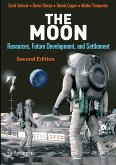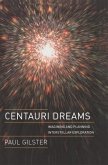Highlighted as a "Commemorative Edition" on the cover, this second edition has a new foreword by one of the original astronauts and a short extra section at the end previewing the prospect of a renewal of human exploration of the Moon. It will include new extra high quality graphics which are only now available and 32 pages of colour illustrations.
From the reviews of the first edition -
"A detailed guide to what the astronauts did during their stays on the lunar surface. Walk(s) the reader through the prospecting excursions and then incorporate(s) decades of subsequent analysis to put the explorations of dust, rocks, craters, and rilles into geologic context." SKY & TELESCOPE
"EXPLORING THE MOON is very well illustrated...All aficionados of the Apolloprogram will find much to appreciate in [this book].
"...this is an interesting account of one of the most extraordinary decades in history...a very different book. David Harland probably knows more about the nuts and bolts of the Russian and American space programs than any other author and it shows."LUNAR & PLANETARY INFORMATION BULLETIN
Dieser Download kann aus rechtlichen Gründen nur mit Rechnungsadresse in A, B, BG, CY, CZ, D, DK, EW, E, FIN, F, GR, HR, H, IRL, I, LT, L, LR, M, NL, PL, P, R, S, SLO, SK ausgeliefert werden.
"A detailed guide to what the astronauts did during their stays on the lunar surface. Walk(s) the reader through the prospecting excursions and then incorporate(s) decades of subsequent analysis to put the explorations of dust, rocks, craters, and rilles into geologic context." SKY & TELESCOPE
"EXPLORING THE MOON is very well illustrated...All aficionados of the Apollo program will find much to appreciate in [this book].
"...this is an interesting account of one of the most extraordinary decades in history...a very different book. David Harland probably knows more about the nuts and bolts of the Russian and American space programs than any other author and it shows."LUNAR & PLANETARY INFORMATION BULLETIN
From the reviews of the second edition:
"David Harland's book is an honourable addition to the ranks. Exploring the Moon - The Apollo Expeditions is packed with photos, and features a historically detailed text backed by a thorough index. ... If you want to know the exact order in which NASA's Apollo astronauts surveyed particular zones of their landing sites, or which craters delivered the most interesting scientific clues about the origins of the Moon, then this is the book for you. ... a fantastic resource for fans of the Apollo era." (Piers Bizony, BBC Sky at Night, July, 2008)
"A wealth of knowledge regarding the early days of manned space exploration. ... Its high resolution photography brings a surface that few have seen before into crystal clarity." (James M. Busby, Space Times, Vol. 47 (3), 2008)

